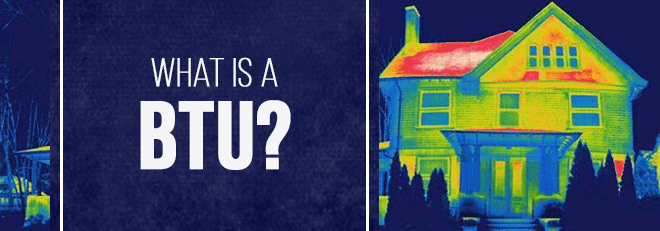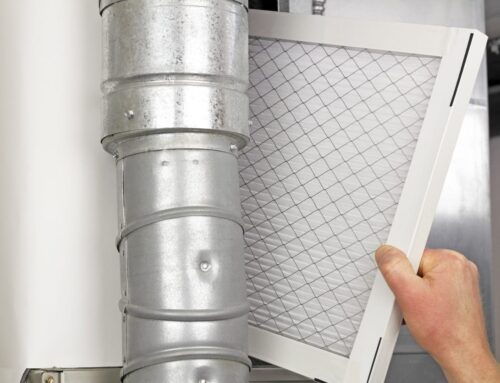
If you are replacing your furnace with a new HVAC unit you may be wondering how big of a unit you need or how many BTU’s you should be looking for. This is not a one size fits all kind of equation so you have to take the size of your home into consideration. We were looking for some great resources to bring you when we came across this article on the subject.
Nobody likes to swelter or freeze, so making sure your home has adequate heating or cooling is important. In areas where winter weather can be severe, choosing the right furnace for your home isn’t just important to your comfort — it can also make a big difference on your heating bill. There are several ways to work out how many BTUs you need.
Rules of Thumb
A simple way to calculate the appropriate furnace for your home is by using some rules and guidelines based on your climate and square footage. Measure rooms throughout your home, and calculate the square footage. If you live in a moderate climate such as the Pacific Northwest, you might only need 25 to 30 BTUs per square foot. In harsher climates such as the Dakotas, up to 45 BTUs per square foot are appropriate. A 2,000-square-foot house would require 60,000 BTUs at the lower figure, or 90,000 at the higher.
Comparison
If you’re replacing an older furnace, or have neighbors with houses similar to your own, choosing a furnace with comparable output is a viable strategy. Look at the manufacturer’s plate on the current furnace, and read the output BTUs if they’re listed. If not, multiply the input BTUs by the furnace’s efficiency. For example, an older furnace rated for 100,000 input BTUs at 75-percent efficiency has 75,000 output BTUs. A newer, higher-efficiency furnace might have a lower rating for input BTUs, but still put out the 75,000 output BTUs you need.
Detailed Calculation
Professional installers and HVAC technicians perform a detailed analysis of a home’s heating needs, based on many factors including insulation levels and window size and placement, aside from square footage. If you don’t wish to pay a professional to perform this calculation for you, you can purchase a software program that generates a recommended furnace capacity based on these factors.
Getting It Right
Getting the size right can have long-lasting implications. If your furnace is too small, it will have to work harder than it should to keep your home comfortable. That’s inefficient, and causes unnecessary wear on the furnace components. On the coldest days, your furnace might be unable to cope. If your furnace is too large for your house, it will heat your home very quickly and then shut off — a process called “short cycling.” Turning on and off repeatedly is also hard on your furnace, and can cause it to fail prematurely. Purchasing the right sized furnace will provide your best balance of comfort and cost-efficiency.
This article was originally published at budgeting.thenest.com. If you are ready to start looking for a new HVAC system be sure to contact us so that we can help you determine your exact need and help you get it installed correctly!
Save More, Stay Informed!
Sign up for our newsletter and be the first to receive:
✅ Exclusive Sales & Rebates on Mitsubishi Heat Pumps.
✅ Industry News and Expert HVAC Tips.
✅ Updates That Help You Save Energy and Money.






